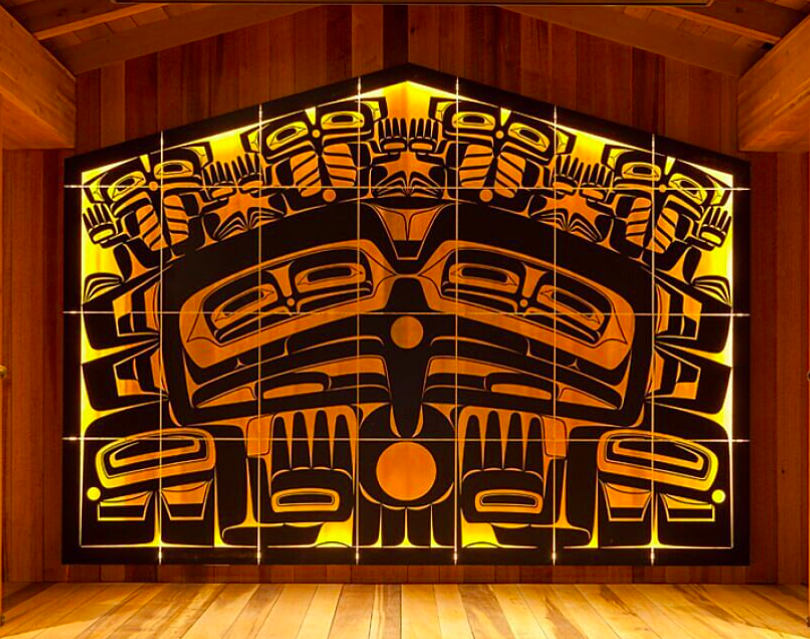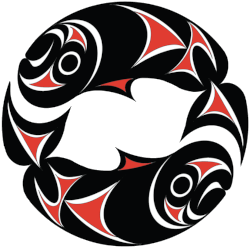https://www.prestonsingletary.com/

BIOGRAPHY
Singletary’s art has become synonymous with the relationship between Tlingit culture and fine art. His glass sculptures deal with themes of Tlingit mythology and traditional designs, while also using music to shape his contemporary perspective of Native culture.
Singletary started blowing glass at the Glass Eye studios in Seattle, WA in 1982, where he grew up and continues to work and live. He developed his skills as a production glass maker and attended the Pilchuck Glass School. Singletary began working at the glass studio of Benjamin Moore, where he broadened his skills by assisting Dante Marioni, Richard Royal, Dan Dailey and Lino Tagliapietra. It was there where Singletary started to develop his own work. In 1993 he traveled for work to Sweden where he was influenced by Scandinavian design and met his future wife, Åsa Sandlund.
In 2000 Singletary received an honorary name from elder, Joe David (Nuu Chah Nulth) and in 2009 Singletary received an honorary doctorate degree from University of Puget Sound (Tacoma, WA). Forty years of glass making, creating music and working together with elders has put him in a position of being a keeper of cultural knowledge, while forging new directions in new materials and concepts of Indigenous arts.
Now recognized internationally, Singletary’s works are included in the Museum of Fine Arts (Boston, MA), the Seattle Art Museum (Seattle, WA), the Ethnographic Museum (Stockholm, Sweden), The National Museum of Scotland (Edinburgh, UK) The British Museum (London, UK), The National Museum of The American Indian, Smithsonian Institution (Washington DC) as well as two solo exhibitions that toured multiple venues originating with the Museum of Glass (Tacoma, WA).
ARTIST'S STATEMENT
When I began working with glass in 1982, I had no idea that I'd be so connected to the material in the way that I am. It was only when I began to experiment with using designs from my Tlingit cultural heritage that my work began to take on a new purpose and direction.
Over time, my skill with the material of glass and traditional form line design has strengthened and evolved, allowing me to explore more fully my own relationship to both my culture and chosen medium. This evolution, and subsequent commercial success, has positioned me as an influence on contemporary indigenous art
Through teaching and collaborating in glass with other Native American, Maori, Hawaiian, and Australian Aboriginal artists, I've come to see that glass brings another dimension to indigenous art. The artistic perspective of indigenous people reflects a unique and vital visual language which has connections to the ancient codes and symbols of the land, and this interaction has informed and inspired my own work.
My work with glass transforms the notion that Native artists are only best when traditional materials are used. It has helped advocate on the behalf of all indigenous people—affirming that we are still here—that that we are declaring who we are through our art in connection to our culture.
My work continues to evolve and connect my personal cultural perspective to current modern art movements, and I have received much attention for striving to keep the work fresh and relevant. I have been honored that my success has inspired other artists from underrepresented indigenous cultures to use glass and other non-traditional materials in their work, and hope that I can continue to encourage more innovation in this area as my career progresses.
